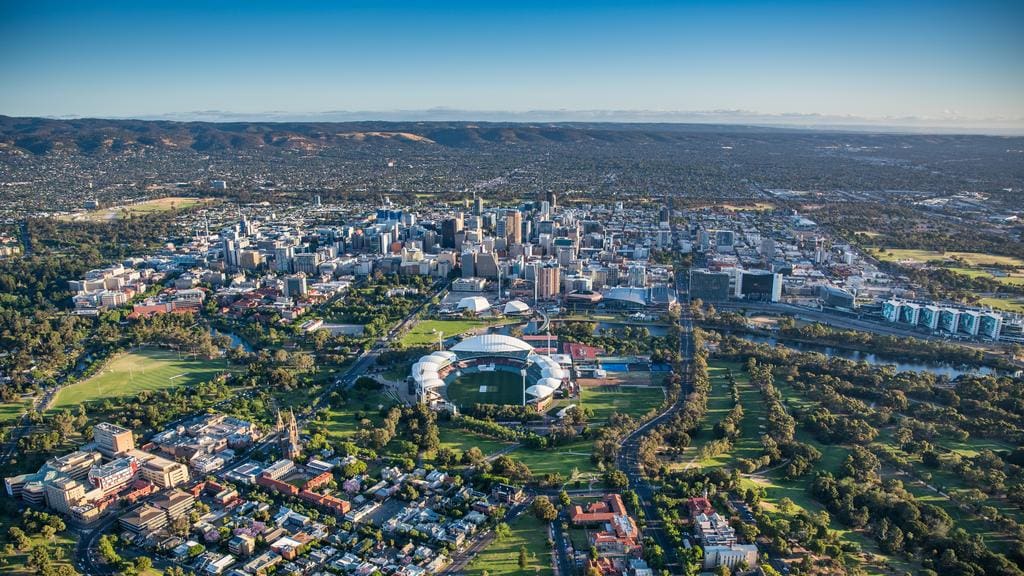Are you considering sprucing up an investment property owned by your Self-Managed Super Fund (SMSF)? It’s an exciting venture that can potentially increase the value of your property and generate higher rental income. However, SMSF rules are complex and navigating the world of renovations and improvements under a Limited Recourse Borrowing Arrangement (LRBA) can be tricky. Fear not! This blog post is designed to demystify the process, outlining what you can and can’t do to your SMSF property under LRBA, and how this changes once the debt is fully paid off. Let’s dive in!
The Basics of Self- Managed Super Funds (SMSF)s and Limited Recourse Borrowing Arrangements (LRBA)s
Before we jump into the nitty-gritty of renovations, let’s briefly touch on the basics. An SMSF is a private superannuation fund, regulated by the Australian Taxation Office (ATO), that you manage yourself. LRBAs allow your SMSF to borrow money for property investments under specific conditions, where the loan is secured against the property itself.
Renovating Under a Limited Recourse Borrowing Arrangement
When your SMSF property is under an LRBA, there are strict regulations on what improvements and renovations can be made. This is primarily because the property is used as security for the loan, and any significant changes could affect its value and the lender’s security.
What You Can Do:
- Repairs and Maintenance: These are generally acceptable as they maintain the property’s existing state and value. Examples include fixing a leaky roof, painting, or repairing appliances.
- Non-Structural Improvements: You might be able to make non-structural improvements that don’t change the fundamental character of the property, increase its size, or alter its layout. This can include updating the kitchen with new appliances or revamping the garden.
What You Can’t Do:
- Structural Changes: Adding an extension, removing walls, or other modifications that alter the property’s layout or size are typically off-limits under LRBA regulations.
- Changing the Property’s Nature: Converting a residential property into a commercial one (or vice versa) is a no-go while under an LRBA.
It’s crucial to consult with your SMSF advisor before undertaking any renovations or improvements to ensure they comply with SMSF and LRBA regulations.
Once the Debt is Fully Paid Off
The landscape changes significantly once your SMSF has fully paid off the debt on the property. With the LRBA concluded, the restrictions on making improvements to your investment property are significantly relaxed.
- Structural Improvements: You’re now at liberty to undertake major renovations, such as extensions or reconfigurations of the property layout, that can potentially increase the property’s value and appeal.
- Conversion Projects: Want to convert that old residential property into a bustling commercial space? Once the LRBA debt is cleared, you’re free to pursue such transformative projects, assuming they align with local zoning and regulatory requirements.
Key Takeaways
Renovating or improving an SMSF property can be a fantastic way to enhance its value and income potential. However, when under an LRBA, it’s essential to understand and adhere to the specific restrictions in place. Failure to comply can lead to complications with your SMSF and potentially jeopardize your fund’s compliance status.
Once the debt is cleared, your freedom to improve and upgrade the property expands significantly, opening up new opportunities for your SMSF investment strategy. Always remember, whether contemplating minor repairs or major renovations, seeking professional advice is crucial to ensure that your actions are in line with SMSF regulations and that they serve the best interests of your fund members.
Improving an SMSF property is a journey with its set of rules and possibilities. By staying informed and compliant, you can navigate this path successfully, enhancing your SMSF’s value and securing a better financial future for its members. Want to know more? Keep learning about Self-Managed Super Funds here.
To discuss whether it is beneficial to renovate through your SMSF or to find an alternative, contact the team at Rise High Financial Solutions and speak to one of our MFAA accredited brokers today.
Happy renovating!



